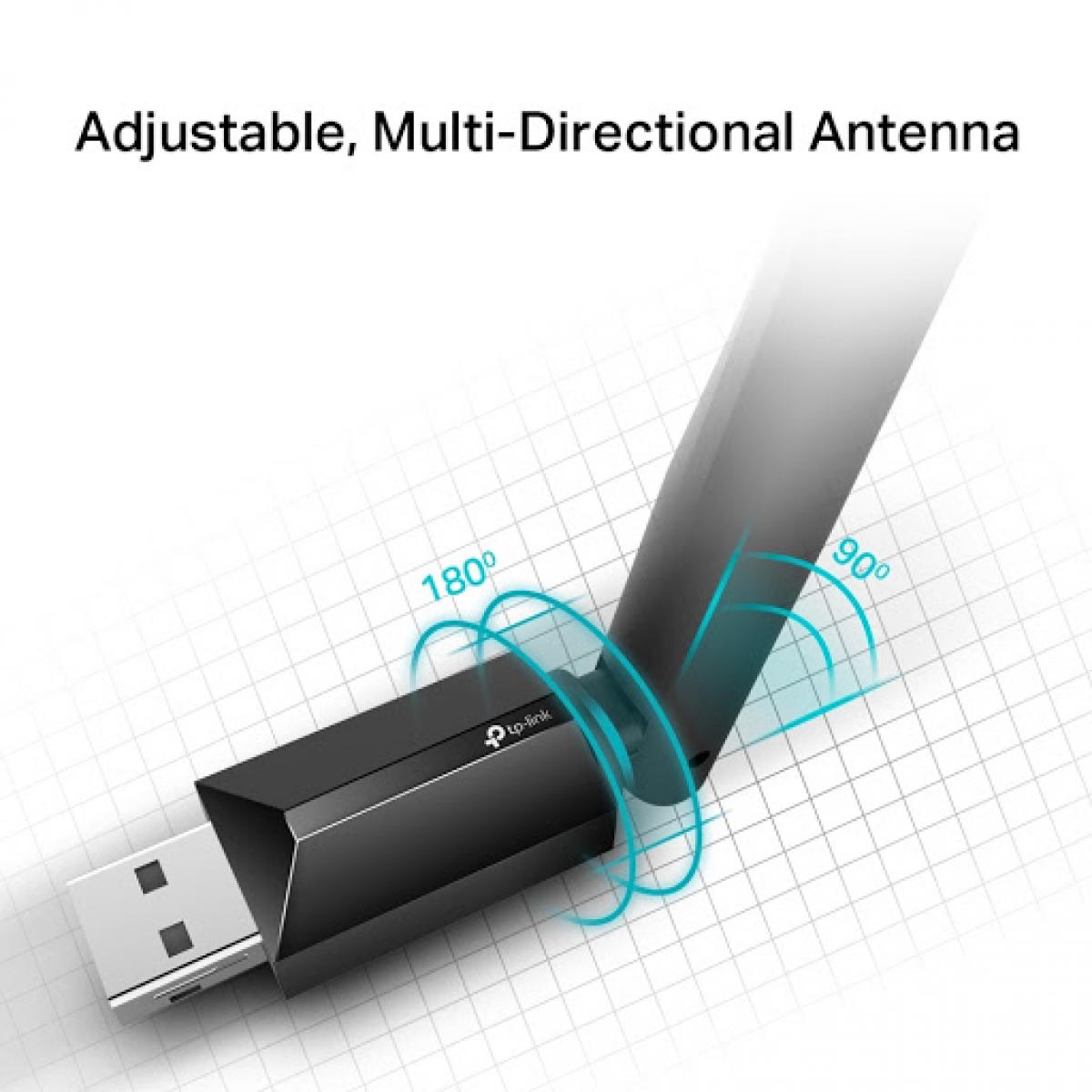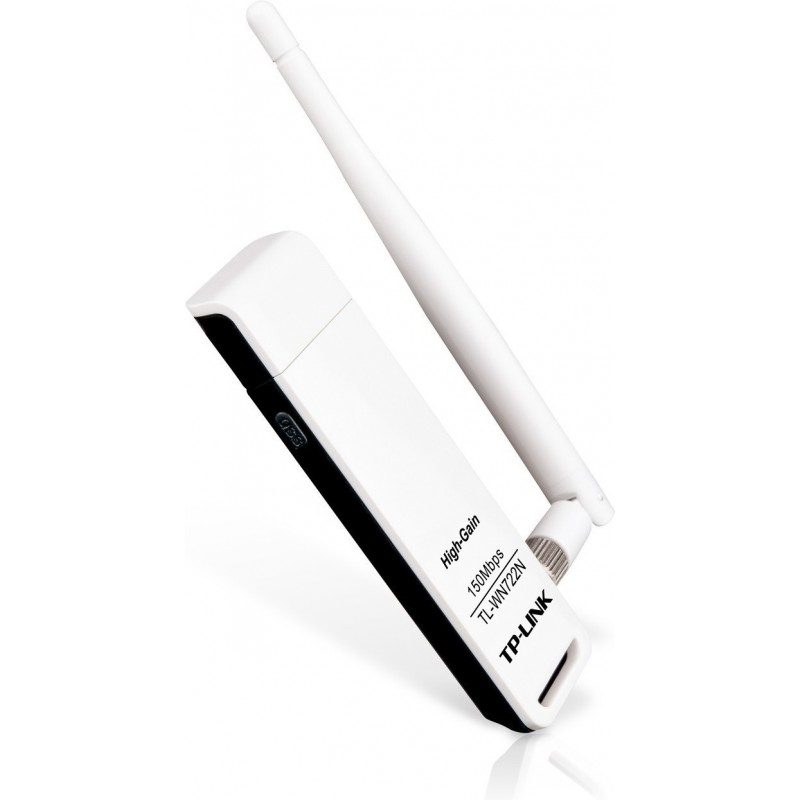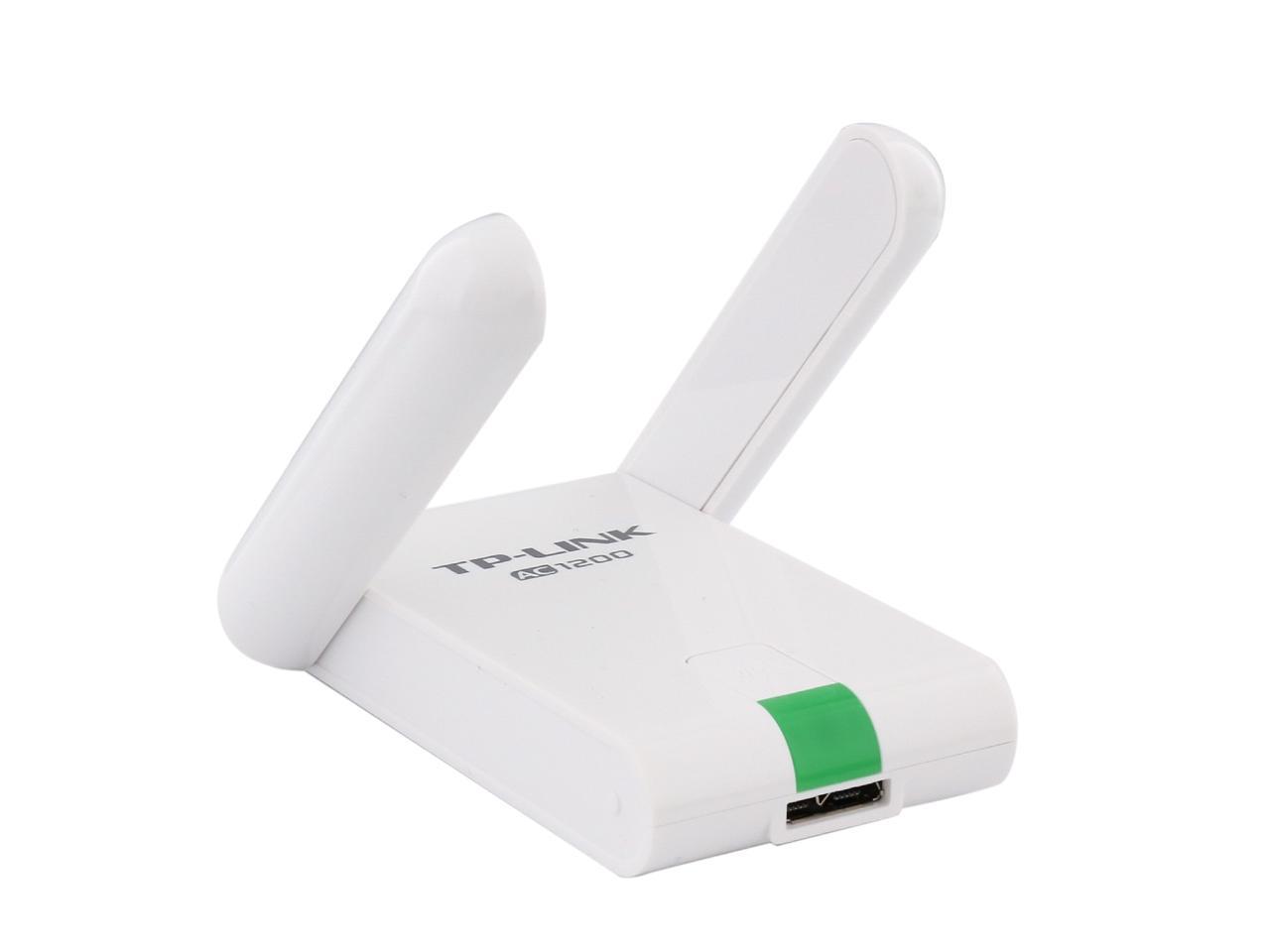

- #TP LINK WIRELESS USB ADAPTER DRIVER 802.11N INSTALL#
- #TP LINK WIRELESS USB ADAPTER DRIVER 802.11N DRIVERS#
- #TP LINK WIRELESS USB ADAPTER DRIVER 802.11N WINDOWS 10#
- #TP LINK WIRELESS USB ADAPTER DRIVER 802.11N DOWNLOAD#
#TP LINK WIRELESS USB ADAPTER DRIVER 802.11N INSTALL#
EFI variables are not supported on this system - not using UEFI, Secure Boot disabledįor those who are running Kali Linux ARM Image on Raspberry Pi, the driver should be installed already.įor x86 users, install package realtek-rtl88xxau-dkms.SecureBoot disabled - using UEFI, Secure Boot disabled.SecureBoot enabled - using UEFI, Secure Boot enabled.If you are running on a system using UEFI Secure Boot, you may need to either disable Secure Boot or sign the kernel module before you can load it.
#TP LINK WIRELESS USB ADAPTER DRIVER 802.11N DRIVERS#
This drivers is not mainlined (might never will be, from the look of it), so you’ll be loading a self-compiled out-of-tree kernel module. Note: Kali currently uses a separate driver for RTL8814AU.ĭeveloped internally by Realtek, and then patched by open community members. Target DevicesĪdapters with chipset: RTL8811AU, RTL8812AU, RTL8814AU.

We noted if any extra steps were needed to get the adapter installed.If you’re using your USB device in a virtual machine, see also Pitfalls Using USB Devices in Virtual Machines.
#TP LINK WIRELESS USB ADAPTER DRIVER 802.11N WINDOWS 10#
Ease of setup: Most if not all of these USB adapters should automatically use Windows 10 to install the correct driver and work. Multiple-OS support: All of the adapters we tested work with the latest version of Windows 10, but we noted when adapters claimed support for Linux, macOS, and earlier versions of Windows. A good warranty: All the adapters we tested had at least a one-year warranty, but two-year warranties are also common. Though they didn’t make a difference in our tests, these technologies will help you in the future as more devices adopt them, and they should ease network congestion in the long run. MU-MIMO (multiple user, multiple input/multiple output) lets the router and compatible devices communicate with each other simultaneously so devices don’t need to wait their turn to communicate with the router. Beamforming aims the Wi-Fi signal to and from the router to your adapter, like how a spotlight is a more focused beam of light than the diffused illumination that comes off a naked light bulb. Beamforming and MU-MIMO: As the number of Wi-Fi devices grow, router and adapter manufacturers have to come up with ways to compensate for all those signals crossing through your living space. Smaller adapters won’t snag on cords or pop loose if inadvertently catch them on your arm, but they tend to have smaller antennas and weaker radios. Good compact case and sturdy build quality: Both will help you enjoy using your USB adapter. If you’re paying more, you might as well consider upgrading your standalone router, running an Ethernet cable to the PC, or installing a new mesh network in your home. Paying more doesn’t necessarily mean better performance the pricier adapters didn’t win all of our tests. Good price: This factor is very important-you shouldn’t have to pay more than $40 to $80 for a USB adapter. Good range: A good Wi-Fi adapter should be able to maintain a strong connection and reasonably quick transfer speeds even when it’s several rooms away from your router. We tested each adapter to see how it could do in a real home. For example, an AC1200 adapter is rated to provide 300 Mbps (megabits per second) on the 2.4 GHz band and 867 Mbps on the 5 GHz bands, but no adapter can achieve that. We started by looking at each adapter’s AC rating: while those numbers are generally pretty misleading, they do tell you each adapter’s maximum theoretical throughput. #TP LINK WIRELESS USB ADAPTER DRIVER 802.11N DOWNLOAD#
You need throughput to download updates and stream videos at the quality you’re paying for.

Good throughput: Think of the tasks you do the most where you’re waiting and watching a spinning pinwheel.







 0 kommentar(er)
0 kommentar(er)
